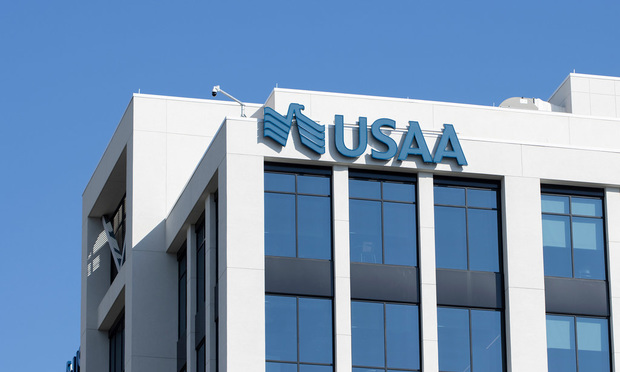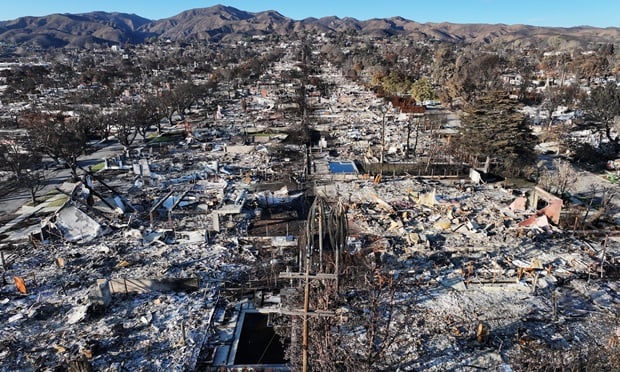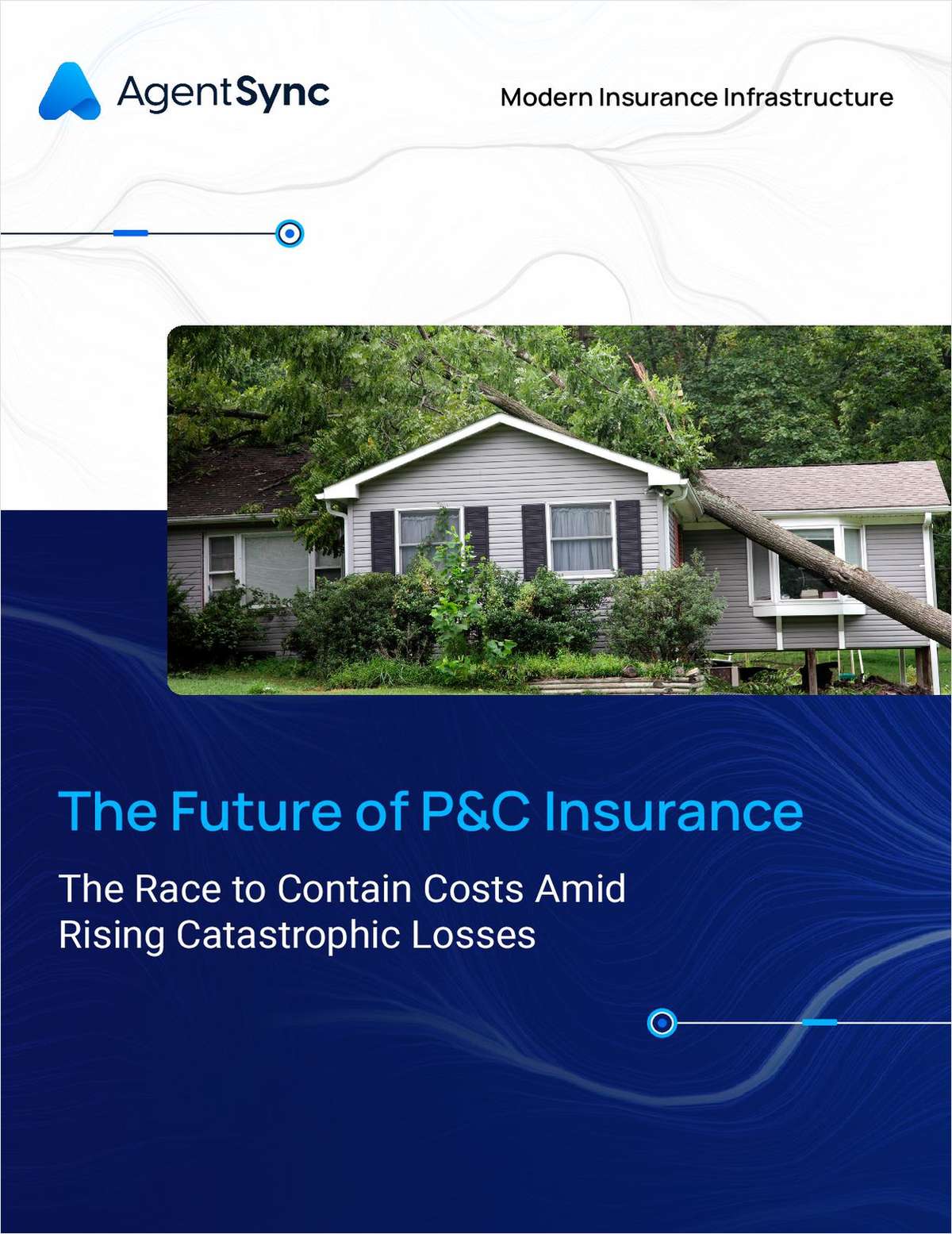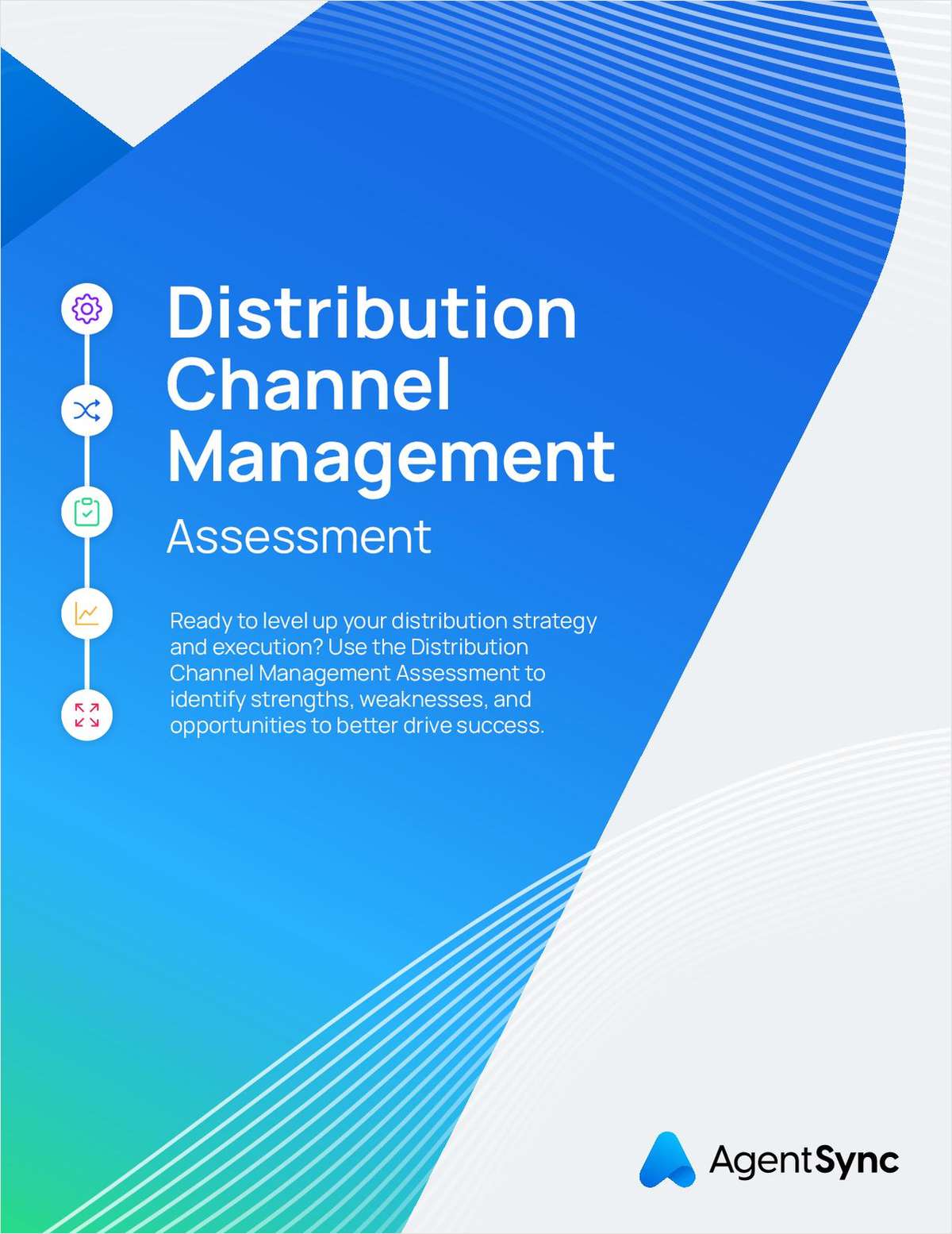A new study says rising workers' compensation premiums are more closely associated with decreases in the Dow Jones Industrial Average and interest rates on U.S. Treasury bonds rather than higher claims payments—an assertion challenged by an industry association.
The study was released by the University of California's UC Davis Center for Healthcare Policy and Research, which conducts research on healthcare access, delivery, costs, outcomes and policy.
J. Paul Leigh, UC Davis professor of public-health sciences and senior author of the study, says, “Insurance companies appear to have been setting premiums according to their returns on the stock and bond markets, not according to the number of claims they have. They invest because they need a financial cushion to pay for claims and, if they lose, raise premiums to recoup their losses.”
UC Davis says it examined U.S. Bureau of Labor Statistics data on incidence rates for injuries and illnesses, along with data from the National Academy of Social Insurance on workers' compensation costs to employers and benefits to workers and medical providers from 1973 through 2007. The information was compared with Dow Jones Industrial Average indices and Treasury bond interest rates.
UC Davis says its researchers found that while premiums increased from 1992-2007, claims decreased 1-2 percent each year. Claims for serious illnesses and injuries varied, but decreased overall. Furthermore, UC Davis says that for the entire 35-year timeframe of the study, rising premium rates were closely linked with the Dow Jones Industrial Average or Treasury bonds. “As either the Dow or interest rates on Treasury bonds fell, premiums rose, and vice versa,” UC Davis says.
However, Trey Gillespie, senior workers' comp director for the Property Casualty Insurers Association of America (PCI), points to medical inflation as a factor that impacts workers' comp rates. “The study seems to overlook and minimize the impact of medical inflation on rising workers' compensation loss costs,” he says. “Medical costs in the workers' compensation system grow faster than the consumer price index and the medical price index and have grown to 59-60 percent of the total workers' compensation benefit costs nationally.”
He notes that employers have worked with insurers to implement safety programs and prevent injuries, but lower claim frequency has been offset by an increase in the average medical cost per lost time, from $8,200 per claim in 1991 to $27,700 per claim in 2010.
Regarding the correlation to the stock market, Gillespie says, “Nationally, workers' compensation premiums are down 29.3 percent for the period running from 2005-2010. This includes a period of time in which investment income was down as a result of the poor financial markets.”
Gillespie also says insurance carriers have been operating at calendar-year loss ratios that have exceeded 100 every year since 2006.
Want to continue reading?
Become a Free PropertyCasualty360 Digital Reader
Your access to unlimited PropertyCasualty360 content isn’t changing.
Once you are an ALM digital member, you’ll receive:
- Breaking insurance news and analysis, on-site and via our newsletters and custom alerts
- Weekly Insurance Speak podcast featuring exclusive interviews with industry leaders
- Educational webcasts, white papers, and ebooks from industry thought leaders
- Critical converage of the employee benefits and financial advisory markets on our other ALM sites, BenefitsPRO and ThinkAdvisor
Already have an account? Sign In Now
© 2025 ALM Global, LLC, All Rights Reserved. Request academic re-use from www.copyright.com. All other uses, submit a request to [email protected]. For more information visit Asset & Logo Licensing.








